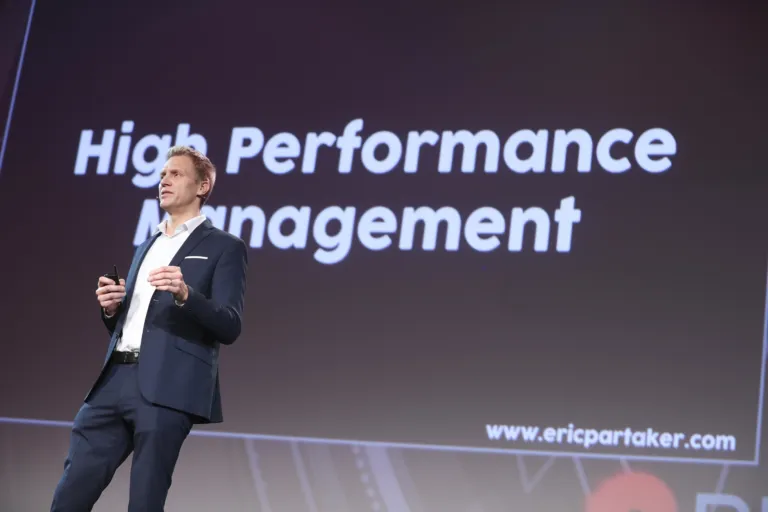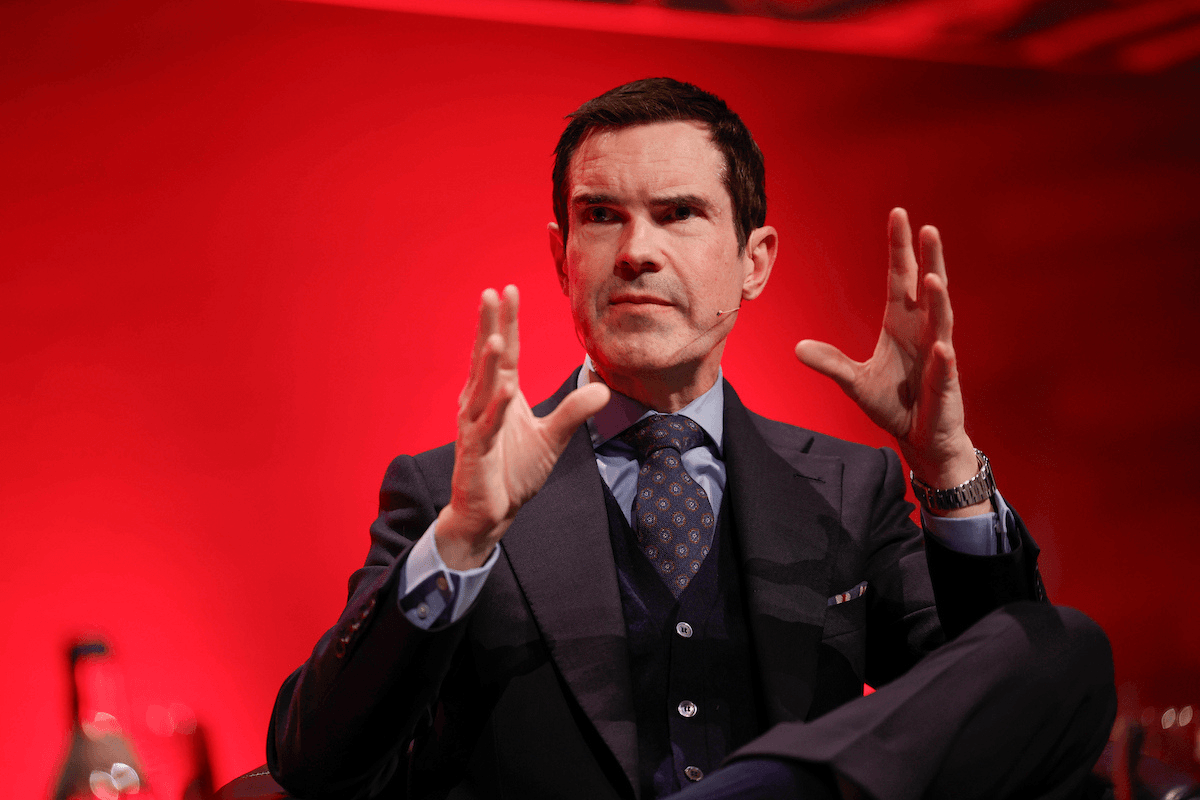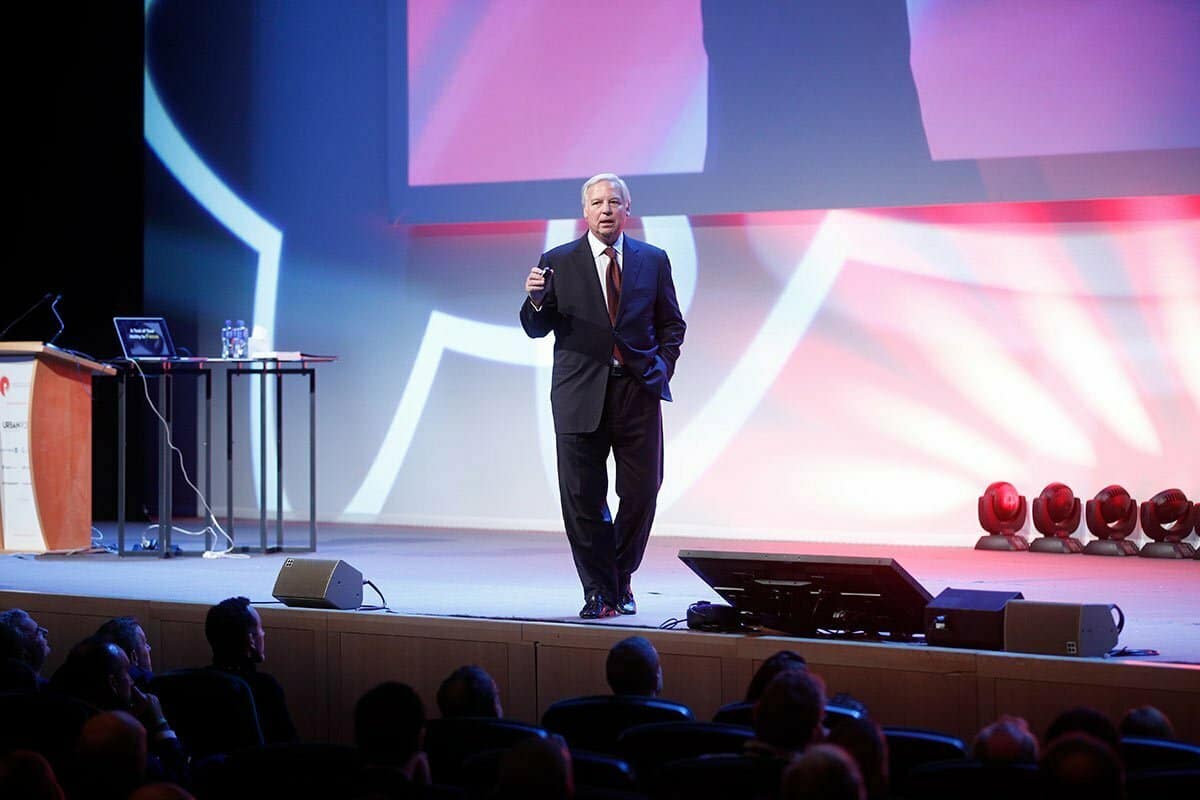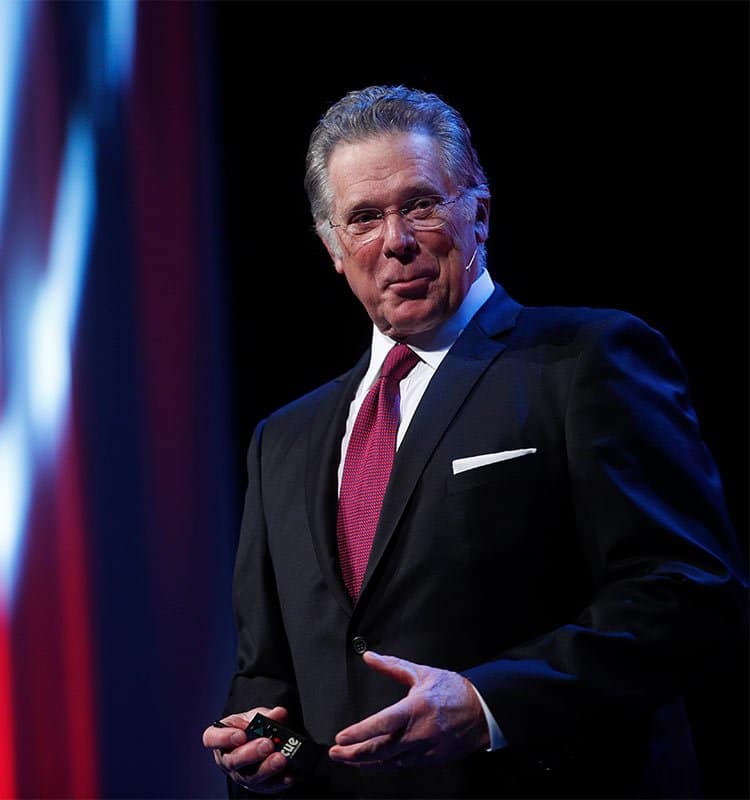This week, we are recapping on the incredible, practical advice given to the Pendulum 2020 audience from Eric Partaker- named one of the “Top 30 Entrepreneurs in the UK”, 35 and under, by Startups Magazine, and among “Britain’s 27 Most Disruptive Entrepreneurs” by The Telegraph. He has worked with and led high-performing teams at McKinsey & Company, Skype, and Chilango. He is also one of 300 people worldwide certified as a High Performance Coach, by the High Performance Institute.
Eric took the stage after the lunch break on Day 1 of Pendulum 2020. His topic, Reach Your Highest Potential in Life & Business.

Like other keynotes, he began by thanking the audience and Pendulum for their warm introduction and welcome. He went on to discuss an incident that didn’t reflect him quite so well. He admitted to struggling with the basics like productivity focus and consistency and the structure of this environment that we leaders are expected to excel in. He continued, ‘I rather you not know that my success early on came at the price of my health and relationships’. He almost paid the ultimate price.
Eric had a heart attack on a flight returning to London in November 2011. He was blessed with a doctor on board demanding an emergency landing in a small town in France.
He recalled the terror he felt as he was rushed to hospital, ‘I’ll never forget looking up into the eyes that French paramedic that moment and what I said, which was please don’t let me go, I have a five-year-old son’.
The point of his story- If any of you had a near-death experience, you’ll be able to relate to that point because you certainly aren’t thinking about clearing up your inbox-you are thinking about those that matter most to you.
“And the next morning, I woke up in this French hospital. I thought heck am I doing with my life?” I’ve been obsessed with high-performance, but pushing myself way too hard in all the wrong ways.
On that note, he wanted to share 5 High Performance Management Principles with the audience that he hopes they can use to increase performance in themselves, their teams and their companies. In his experience, these principles are the ones which appear most in his work with his clients who include CEO’s and leaders of multi million and billion dollar companies as well as Special Forces operatives.
1. Mind The Gap
Change needs to be leadership led. If you want to create a high performance culture, you need to role model high performance behaviours yourself. Leader’s don’t just want to excel in work, they also want to excel in the home and the health club. They don’t just want to become a high-performing leader. They also want to be fit and healthy and be great spouses and parents as well.
For example, you can’t just achieve high performance by looking at what you do on the field. You have to also look at what you’re doing off the field.
He continued, “I have three simple phone alarms that help me in this regard that I used to segment my day”.
These alarms have a label next to each of them that show up on my phone, the best self identity that I aspire to be that I can measure myself against. Sometimes that self-management occurs just before in the moment and I can correct. Sometimes it happens after. It causes me to reflect.
The first alarm that goes off my phone everyday is at 6:30 a.m. And it says World Fitness champion for the gym, at 6.30pm each evening saying World’s Best Husband and Dad. It changes the way he shows up, changes his attitude about whether or not he will go to the gym, the effort he puts in and he maintains that it has totally transformed his relationship with his wife and kids.
We should encourage our teams to do the same because leadership starts at home. By constantly reminding himself of what the best version of him looks like in the areas of life that are most important he could more frequently close that gap between who he was and who he is capable of being in each of those areas. What does the best version of you look like? Not just in work but also in helping the home front? What is that version? How does that version show up in the world? What are they doing?
By doing that , you’re going to tap into people’s deepest desires which is reaching their fullest potential because that’s ingrained in our psychology. According to Abraham Maslow and his Hierarchy of Needs are past the deepest fulfilment once our basic needs are met is in fact reaching our fullest potential. Only about 1% of people become the best that they can be but that simple little tool in practice that can greatly increase that percentage for both you and your team to mind the gap.
When most people think about becoming their best, it’s at some point in the future. What Eric is encouraging you to do is take a high-performance attitude towards it. Define what the best looks like for you rather than to you in each of those key areas and remind yourself to find a way to remind yourself so you can step into being there more regularly.
Each of you know where your biggest gaps are. Is it in the health front, the home front, or is it the work front that you might benefit from defining identity of what your best looks like in that area, creating a simple little reminder on your phone at the relevant time of day such that when it goes off you can ask yourself in that moment.
2. Design Productivity Into Your Day
There’s never enough time in my day, people say they find themselves being busy on other stuff and not enough time on what matters most. Some of Eric’s clients are Special Forces Guys who are absolute resilience machines and they absolutely have mastered the use of structure and routine. If you want to become more productive you need to design productivity into your day.
There are three primary ways that he recommends and they’re all about flow.
(i) Recognise that a productive day actually starts the night before and it starts with getting eight hours of sleep. Everyone needs 8 hours, the likelihood of one having the gene that doesn’t require them to get 8 hours have the same chances of being struck by lightning. Try introducing yourself to Digital Sunset an hour before bed to remind yourself to shut off all the electronics, TVs, phones, all of it because it will impact your sleep. It’s also a great way to become better at connecting with people.
(ii) Always be creative before reactive. The first 60 Minutes of the day- don’t dive into your inbox, instead think about that meaningful work that you want to get done. That work that you think that you never have time to do. The world is not going to blow up if you don’t get to your inbox by 10am. Partaker showed the audience how he spent this hour each morning reading about leadership, reviewing feedback from his team’s, thinking about how he can drive better performance and that culminated with awarded recognition.
(iii) Master is the art of single-tasking. The average worker loses up to 28 percent of their day by doing what they think is multitasking which aside from walking and chewing gum at the same time actually isn’t really the case. You can’t really do two things at once. It’s more like rapid task switching so constantly task switching uses up at least a 28 percent loss of your day, which is crazy to think about. Try to master focusing on doing one thing at a time.
3. Increase Team Output- Company Purpose
The most common thing Partaker hears is teams ‘not performing as highly as I would like’. As the late Intel CEO Andy Grove Road, the top job of a manager is to elicit peak performance in their subordinates. Certainly having them thinking in identity-based ways with a better way to measure themselves against is best for them and designing productivity into their days will help but as well these three practical tools and tips will also help.
(i) Have a company purpose that goes beyond the company. There are too many times when people say their company purpose is along the lines of ‘becoming number one’ in such-and-such market and that it sounds great, but it’s very self-serving and has probably not inspired the people all the way at the front of the front lines. Skype for example, they defined a very compelling purpose ‘the whole world can talk for free’ as the tagline, which as you can imagine inspired this revolutionary spirit in the company. There are lots of other factors, but that was a massive motivator because everyone on that team knew that they were doing something to make the world a better place.
(ii) Develop one big thing. So everyone on your team every quarter, you included, should be thinking about what the one big thing is that you could develop so that it increases the output of your team. If you want to take it up a level you could ask your team. What’s the one big thing that you could be working on in the next 90 day so that if you did it would increase the output of the team.
(iii) Make the team feel like a team. This one’s quite simple- the weekly team meeting that happens within every company. If it’s not happening regularly, that’s a massive opportunity for you. Assuming that it is, the simple act of having everyone very publicly traffic light their status on their goals for that quarter in front of everyone. Whether their goals and their performance on them terms of being on track and delivered on time are green, amber, red. It’s massive because the reds and amber’s generate great discussions and it’s an opportunity for you to once again encourage that team spirit by getting everyone to take off their functional hat and think collectively. How do we help this person on the team get that amber or red back to green?
4. Have Difficult Conversations
It’s about having difficult conversations.We should all operate as a team. Not as a family. Great sports teams are constantly on the lookout for the next best talent and also calling the bottom of the pile from the lineup. There’s a very, very important distinction between a team and a family because a team changes regularly as they are optimised to win at all times where as a family strives to stick together no matter what. There are three particular conversations that he doesn’t think happen often enough – difficult conversations within companies within teams.
(i) Good, but not great performance. It’s almost like if somebody does a fairly good job. It’s harder to say something for some reason because I did fairly good job. Does fairly good win championships? Instead, try – ‘If you did it again in the future and the best version of you taking everything that you’ve learned from this, how might you have done it better’ or maybe even a bit more direct you did fairly well, but I hope you know that you were not operating at your fullest potential what might you do differently?
(ii) Your job is on the line. It happens all the time. Generally there’s about a three to nine month lag between the leader or manager of a team actually having a discussion with an employee because of their performance and their job is on the line. That’s 3 to 9 months for everyone else on that team to also see that sub-optimal performance in that person and question your leadership because they’re wondering why isn’t he or she doing anything about it? The moment you should be having that conversation is the very moment that you start thinking that. You do them, your company and your team a huge disservice by not having that conversation and waiting too long. You might miss the chance for them to actually turn the corner and improve.
5. Lend a Hand When They’re Down
Carry someone when they fallen on your team. Use your judgment even in moments when you don’t feel like you have the capacity or the means to do it because there are pivot points in people’s lives and that point right there may just be the point that leads to a high performance trajectory for them. You won’t know the effects you will have on others, so show kindness and help them when you can.
Partaker concluded, that these 5 points have really helped him and allowed him to help others throughout his career. They’re like rocket fuel for your growth.
He left the audience with some key questions –
“What are you doing to help yourself, your leadership, your company, and your well-being? What are you doing to close that gap between who you are and who you’re capable of being and what are you doing to encourage that with your teams?”
Don’t forget to sign-up to our newsletter to make sure you don’t miss out on any week of this series!








